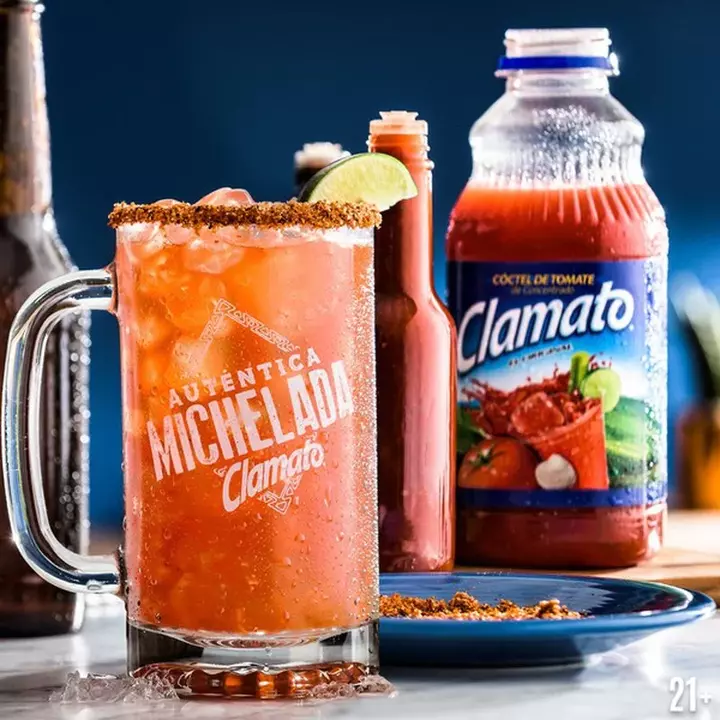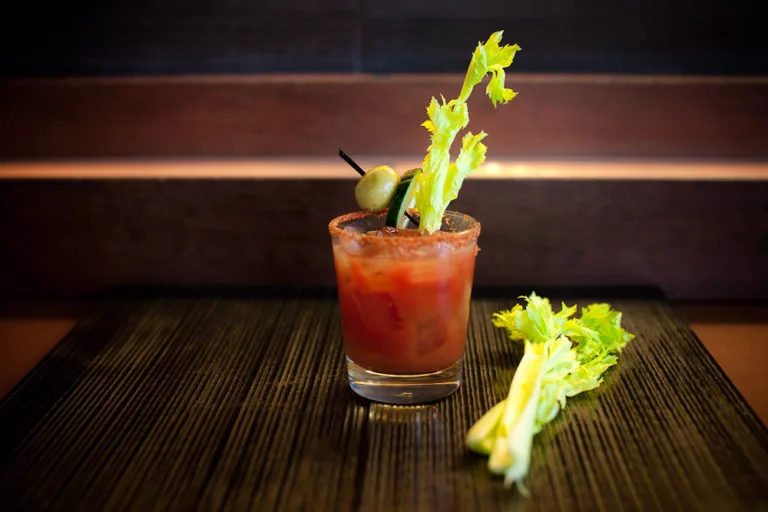Tijuana isn’t exactly regarded for mornings. Vegas’s naughty cousin, San Diego’s Upside-Down, deranged refraction of the American Dream, Tijuana has, for decades, been synonymous inside the American cultural imaginary with sex, booze, pills, and all their itchy, throbbing results. Which makes it the right region to drink the best hangover therapy known to man: the clamato preparado. Made with the aid of pouring a Bloody Caesar (a Bloody Mary variant made with clamato in preference to tomato juice) over heaping spoonfuls of chopped clams, a clamato preparado is sweet, bitter, hot, and briny, the chewy morsels of clam at the lowest booze-soaked coercion into ingesting. And the satisfactory clamato preparado on the town is served over the lengthy wood bar at Caesar’s, Tijuana’s most venerable restaurant.
When Caesar’s turned into founded in 1924 by Italian immigrant Caesar Cardini, Tijuana had best existed as a town for approximately 30 years. Little more than a livestock ranch whilst it was officially incorporated in 1890, the city’s status became determined by using the presence of the first American customs agent stationed on the newly minted border. Until the give up of the Mexican-American War in 1848, all the modern Southwest and the kingdom of California had been still a part of Mexico. Tijuana has become a town whilst a line become drawn inside the dusty soil, setting apart it from the most important metropolis in the location, San Diego. As Marie-Laure Courbes, a student of immigration on the Colegio de Los Angeles Frontera in Tijuana, places it, “the whole tale of Tijuana has to do with that border.”
Specifically, it has to do with what you couldn’t get on the opposite facet. Starting with Prohibition in the 1920s, Hollywood sorts and military guys flocked to Tijuana for long nights of booze and playing. Caesar’s, useless in the middle of the city on Avenida Revolución, catered to them all, growing to international repute in the early years of its life thanks to the eating place’s invention of the Caesar Salad. In the Nineteen Fifties, Wallis Simpson, the American socialite for whom Prince Edward abdicated the British throne, dined at Caesar’s. Elizabeth Taylor become spotted there, too.
Julio Álvarez has worked as a bartender in Tijuana since the Nineteen Seventies, around the identical time, he informed me, that the clamato preparado first became up there. According to Álvarez, the drink has its origins north of El Norte, within the Canadian city of Calgary, where the Bloody Caesar changed into first become invented in 1969. From there, Álvarez claims, the Caesar migrated south via the casinos of Las Vegas to the Hotel Lucerna in Mexicali. Eliazar Lemus, who’s labored there for the closing 30 years, instructed me lodge lore dates the clamato preparado to 1968 (timelines hardly ever line up in these varieties of oral histories), whilst a member of the hotel owner’s private posse, nicknamed The Chichis, came in with a vicious hangover and requested the bartender to repair him. “From then on,” Lemus says, “all over Mexico that’s what you drink while a good night leaves you feeling awful the following morning.” From there, Álvarez says, the drink came to Caesar’s and unfold all through Tijuana, a metropolis of epic (and epidemic) hangovers.
Dapper in his burgundy vest and best gray mustache, Álvarez watched has watched Tijuana exchange from the proper vantage factor: behind the bar. He took up his position as a cantinero, or bar supervisor, at Caesar’s 5 years again, no longer lengthy after he closed Rendezvous, the bar that his father had opened and wherein he’d poured his first drink at 17. “When I become a kid inside the ‘60s,” Álvarez instructed me when I first visited Caesar’s on a first-rate morning in early January, “we used to just walk as much as the border guards and ask to pass. We’d move over to buy burgers at Jack within the Box. The value 25 cents.” He leaned on the bar with the clean insouciance of an entire life barkeep. “People from Hollywood, they’d come fortune and drinks and bullfights.”
Less gilded purchasers got here for different things: quick divorces, abortions inside the pre-Roe v. Wade generation, or cheap cosmetic surgical operation. In the ’90s, they came for lower-priced hospital therapy—not possible to find within the States—and usually prescribed drugs. When the peso plummeted within the ‘80s (and once more inside the ’90s), Tijuana went from glamorous to cheap, a metropolis of easy thrills and coffee-lease fantasies. For bad Mexicans, it changed into a place of possibility. Even when the economy suffered elsewhere, Tijuana controlled to thrive. Every decade from 1950 to 2000, the city’s populace doubled, yet average unemployment rates remained nicely underneath the national common. Norma Iglesias, a scholar of transborder studies at UCSD, put it this way: “Tijuana reinvents itself every time something takes place on the other aspect. For a long time, it become the most important bar in the world, then it became America’s pharmacy. It’s a laboratory for the arena.”
Caesar’s survived all of it, if slightly. By the ‘90s, the restaurant had emerged as a relic of the city’s glamorous beyond. Javier Plascencia, whose restaurant Misión 19 spearheaded the metropolis’s gastronomic growth returned in 2012, and whose own family has run eating places in Tijuana for many years, remembers a total one-of-a-kind Caesar’s from his kids.
“There changed into a pharmacy upfront with a glass case full of Viagra. Inside, there has been still the long bar and four small booths. At the return, there has been a black curtain and behind that, there has been table dancing,” he advised me. “Some of the waiters who paintings there now were there inside the 90s, too, and that they’ve instructed me it became definitely sad. American tourists could come in, they’d have their Viagra, eat their salad, and cross watches a desk dance.”



